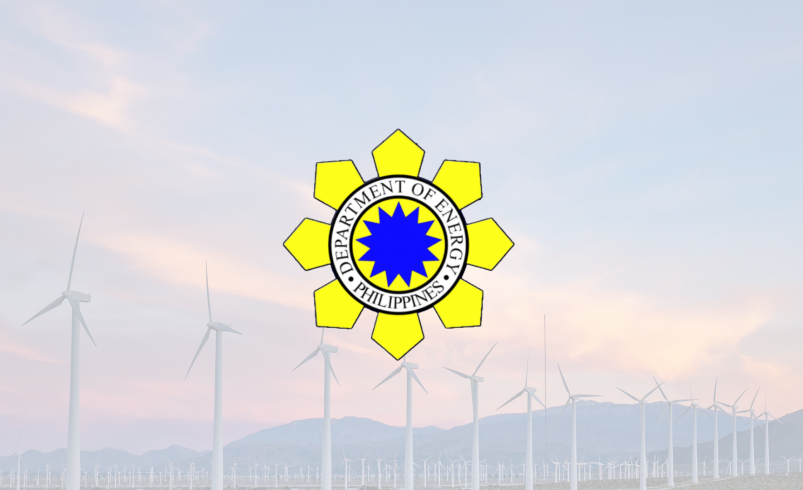DOE reports 20 GW surge in renewable projects after lifting foreign ownership limits
- October 14, 2025
- 0

Three years after the Philippines removed limits on foreign ownership in renewable energy (RE) ventures, the Department of Energy (DOE) reported a surge of international participation driving the country’s clean energy transition.
Speaking at the 2nd Philippines Future Energy & Grid Summit, DOE Undersecretary Rowena Cristina Guevara said 75 projects totaling 20 gigawatts (GW) of capacity have been awarded to fully foreign-owned companies since the market was opened in 2022. “In November 2022, we liberalized foreign ownership as a clear signal to the world that the Philippines is open for RE business,” she said.
Guevara said the policy complements the updated Philippine Energy Plan (PEP), which targets a 35 percent renewable share by 2030 and 50 percent by 2040. The DOE has outlined three scenarios to reach these goals, with the most ambitious aiming for 50 GW of offshore wind capacity. “These targets are not just numbers,” she said. “They represent a fundamental shift in our national policy and a decisive step towards a sustainable future.”
As of 2025, the DOE has 1,371 active RE service contracts with a combined potential of 145.8 GW, spanning biomass, geothermal, solar, hydro, ocean, and wind. Guevara described the country’s renewable share—down from 35 percent in 2008 to 22 percent today—as “a call to action.”
Several consumer-based programs are also expanding renewable use. The Net Metering Program now has 17,000 qualified end-users across 92 utilities, while the Green Energy Option Program (GEOP) allows large consumers to choose renewable suppliers. The Renewable Portfolio Standards (RPS) requires utilities to raise their renewable sourcing by 2.52 percent annually, up from the previous one percent.
The Green Energy Auction Program (GEAP) has also become a key driver of new capacity. In 2025 alone, four auctions were held for technologies including pumped storage hydro, geothermal, integrated RE with storage, offshore wind, and waste-to-energy. The DOE’s simulations suggest these additions could lower average electricity prices in the Wholesale Electricity Spot Market by PHP 1.30 per kilowatt-hour between 2026 and 2029, before stabilizing after a brief uptick from offshore wind integration.
Guevara acknowledged four challenges to scaling up renewables—financing, transmission, intermittency, and bureaucracy. She said the DOE is working with IFC, ADB, and the World Bank on blended financing models to lower borrowing costs without government guarantees. Transmission delays, land pricing, and right-of-way issues remain major bottlenecks, while energy storage projects such as the 600-megawatt pumped hydro facility expected by 2029 will be vital to grid stability.
Under the DOE’s most ambitious scenario, the clean energy transition will require over USD500 billion (PHP 30 trillion) in investment but could generate two million jobs nationwide. “Our drive for energy transition is not only to build sustainable energy infrastructure for future generations, but also to reap significant economic benefits,” Guevara said. “The DOE has set the course, but the destination—a reality that is not just green but truly prosperous, equitable, and secure for every Filipino—is one that we must reach together.”
How can the Philippines sustain investor interest while ensuring that its clean energy transition remains affordable and inclusive for all Filipinos?
Follow Power Philippines on Facebook and LinkedIn or join our Viber community for more updates.